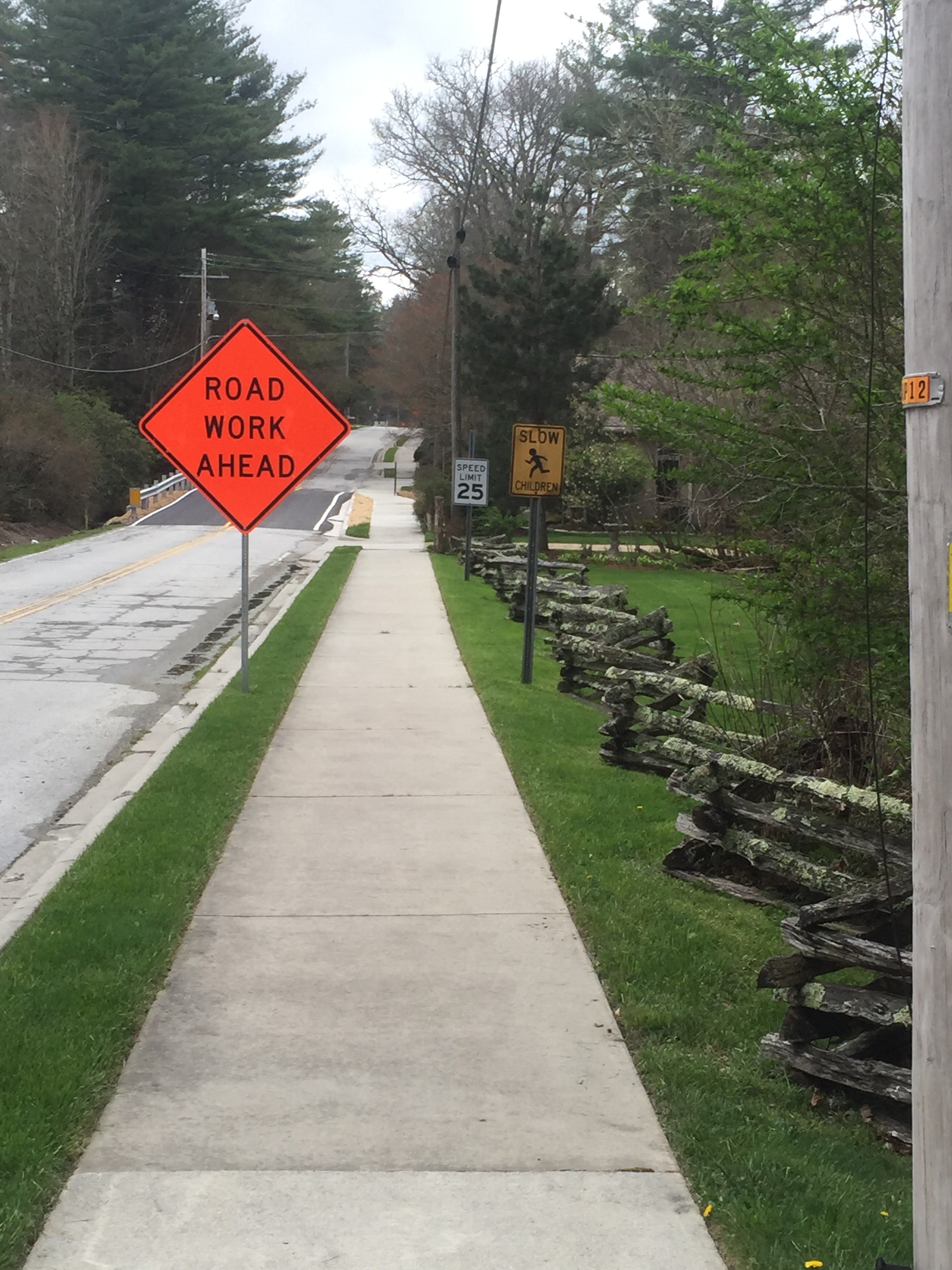Brene Brown, author of the New York Times bestselling book, “The Gifts of Imperfection,” calls leaning into our discomfort, by far, one of the most powerful things we do for ourselves. You see, without leaning into our feelings of uncomfortableness like sadness, depression, shame, grief, loneliness, etc. we will never be able to trust ourselves to lean into the feelings of joy, happiness and belonging.
Isn’t it so easy for us to go to what’s familiar like overeating, drinking, drugs, creating chaos, food, smoking, sex, shopping or whatever gets us by without feeling the pain? Whether we are fully aware of “numbing out” or “taking the edge off” one thing is for sure, we are living in auto pilot. Although it might feel good for that moment, there’s do doubt we will come down from our high and start the cycle all over again. There’s no judgement to be made here or any sense or criticism for that matter, merely it’s just us trying to understand the reasoning for our behaviors. One might call this addition and that I can see, especially when it’s chronic, compulsive, numbing and is constantly used to take the edge off our feelings.
Why do we do it? Well, the behaviors are strong and delicate, especially as we are trying to navigate the unchartered territories into a realm of starting new, unfamiliar terrains. Even though our behaviors and addictions can be incredibly fulfilling, encompassing and admiring, let’s face it, they can also downright petrifying and fatal. Especially as the withdrawals begin, the feelings begin to surface and the amusing pedestal we put them on are quickly diminishing by the moment. So what do we do? Repeat, come down and repeat again. It’s too damn hard to feel the feelings and the shame and embarassement that’s behind our terrific compulsions right? Why else would we binge on cake, stick our heads down the toilet, inhale copious amounts of blow, hoard fast food and consume ridiculous amounts of liquid courage?
WE DON’T WANT TO FEEL.
At times it so much easier to lay there, despondent and disconnected from society and ourselves because we’re desperately afraid to come out of the emotional cave we’ve created for ourselves. So the more we drink, self-medicate, binge, starve, gorge, hide, run, consume, etc. the harder and harder it becomes to pull ourselves from the trenches of deception and web of lies we’ve begun to tell ourselves and others.
“Oh, I’m fine. I’m just going through a rough patch.”
“Me? Oh yeah, I’m great!”
“Why have I been withdrawn? Oh, I’ve been slammed with work and going nonstop, I’m so happy I’m staying busy.”
All along we might be miserable, trucking along-merely surviving vs. living and projecting a Facebook wall full of joyous moments, laughing and carrying on like we are living the full on American dream.
So how do we begin to chip away at the pain, lean into our uncomfortable emotions and begin to feel?
- We have to begin to feel
someALL of our emotions. Research has shown that addicts relapse not only from negative emotions but positive ones as well. Therefore, it’s critical that we FEEL all of them because we can’t feel the good ones without the bad ones and vice versa. “If we selectively numb our negative emotions we will for certain numb our positive ones.” (Brene Brown, “The Gifts of Imperfections.”) This doesn’t mean we change tomorrow and dive in head first but rather by taking small, attainable and courageous steps to feel ALL emotions, little by little. - It’s vital we surround ourselves with quality, uplifting and enriching people. When we gravitate to people that are healthy, positive, set appropriate boundaries and take care of their own needs we’re able to create a sense of resiliency and openness to others we trust and have our best interests at heart.
- Speak up and ask for what you need. None of us are mind readers and if something’s going on internally with us no one will know unless we verbalize them. This goes for any relationship whether it be your partner, friends and/or family by stating what you need and asking for help you’re moving in the right direction.
- Lean into the discomfort. Sure, we don’t want to wallow in it, especially when we’re in a heightened emotional state; as those times can feel incredibly overwhelming. Rather to start, dip your toe into it, see how it feels and validate your emotion. Allowing ourselves to feel a little of the discomfort will begin to show us that we can trust ourselves with the uncomfortableness of the moment and yet knowing that it’s always fleeing and will pass. Learning to lean into the uncomfortable feelings will also allow us to be more in touch with the comfortable feelings. Like joy, even when they make us feel vulnerable and tender, are the moments every human longs for and nothing feels better than acceptance and love from another.
Remember, learning to lean into our discomfort, little by little, will create more resilence, confidence and self-esteem within us. This practice doesn’t happen overnight and when done over time, can be an incredibly useful practice to live a life full of emotions and teaches us to be “content from within.”
For more on this topic, I highly recommend Brene’s book, “Gifts of Imperfections.” 🙂

